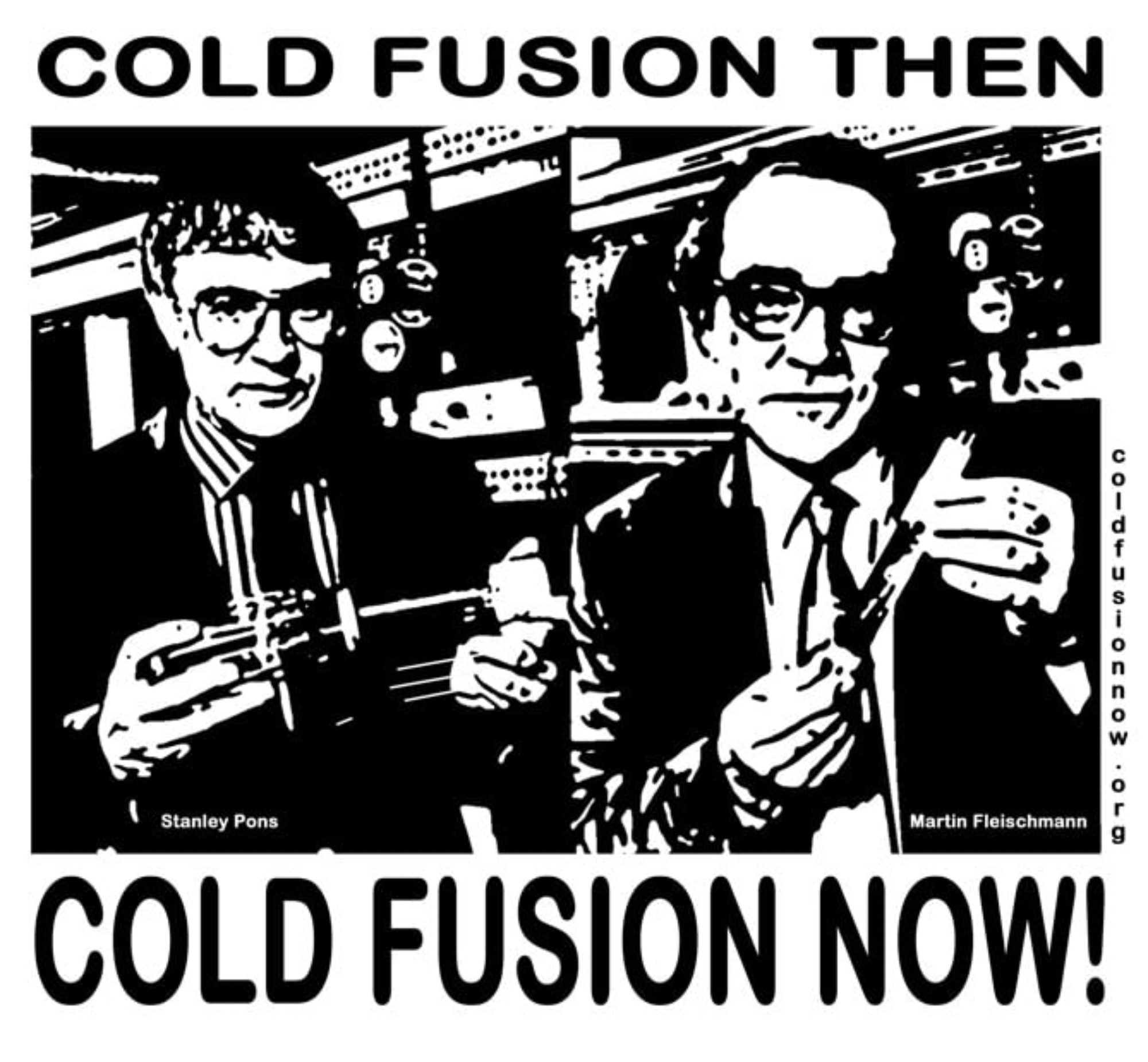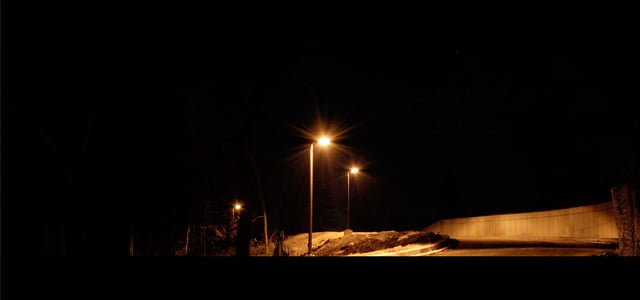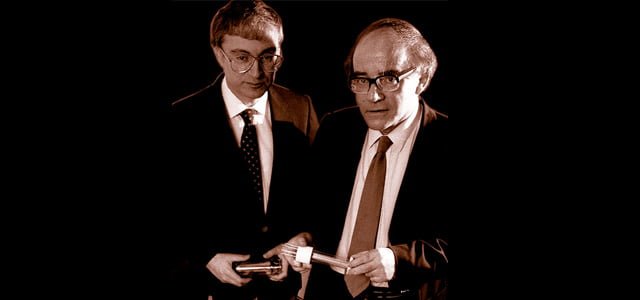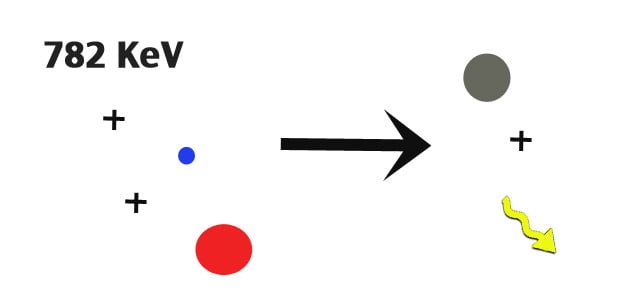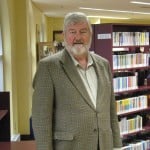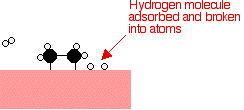By David J French
Sometimes an iconic article is written that makes a change in how our society views important issues. One possibly iconic article is that published in Discover Magazine in July – August, 2010 by a contributing journalist, David H Freedman. Freedman coined the expression “The Streetlight Effect”. The idea is old but the name is rich with meaning; this concept now has a Wikipedia page.
The article explored how scientists everywhere when they undertake research often start with a focus which is driven by their own comfort and convenience. They acknowledge that there’s a puzzle to be solved and they aspire to make a contribution. They have specialized equipment available in their labs and graduate students who are trained in a specific field. Possibly, they may also have access to funding which is slanted towards a certain type of research. So it’s natural that they make a proposal to use their existing resources to address the specific scientific problem. Can this be wrong?
This is the essence of the “Streetlight Effect”: researchers tend to do the kind of research that’s easy, convenient and accessible. They have an aversion to going where no researcher has gone before if it means going where they must acquire new resources and/or undertake a major learning exercise to equip themselves appropriately. Instead, they pursue the easy path.
How does this relate to the scientific mystery colloquially called “Cold Fusion”? This July will see the 18th annual meeting of Cold Fusion researchers from around the world in Columbia, Missouri, attending ICCF-18. Sponsored by the University of Missouri, ICCF-18 will allow dozens of Cold Fusion researchers over a period of five days to present their findings in this field. The field of Cold Fusion is remarkable for the reality that while the miracle of unexplained excess energy has been demonstrated over and over again, more than 1000 times since 1989, the source of this energy is still not accounted for. Nobody understands clearly what is happening.
Since Fleischmann & Pons made their first ill-fated announcements in March, 1989 at the University of Utah, the field of Cold Fusion, also now called Low Energy Nuclear Reactions – LENR, has been in general disrepute in the broader scientific community. The failure by many major institutions in 1989 – 1990 to replicate the Fleischmann & Pons effect and produce meaningful amounts of unexplained excess heat at significant temperature levels has caused an unfortunate prejudice to persist in the scientific community.
This prejudice was entrenched by the publication of several highly critical books such as “Bad Science: The Short Life and Weird Times of Cold Fusion” by Gary Taubes, and “Cold Fusion: The Scientific Fiasco of the Century“ by John R Huizenga. Even though subsequent developments have negated most of the criticisms leveled by critics at the Fleischmann & Pons effect, there is still a general belief in many physics departments, and indeed in government agencies, that Cold Fusion simply is not real.
Well something about it is real. There’s no question that moderate amounts of heat have been generated from sources that cannot be chemical and cannot be attributed to experimental artifacts; heat has persisted long enough that the effect cannot be ignored. But no theory has been presented so far that can conclusively explain the source of this energy.
Now enter the “Streetlight Effect”. What are we going to expect of the experimenters who make presentations at ICCF-18?
Most of them will be reporting on the experimental results that they have achieved. A large number of these results have been will have been carried out in electrolytic cells, in the liquid phase. This is true even though there have been definite demonstrations of the LENR effect in the gas phase, both in the case of Palladium saturated with deuterium as well as nickel saturated with hydrogen. Indeed, even other hydride-forming metals have been shown to demonstrate the unexplained release of excess heat.
Experiments are still being done in the liquid phase even though the gas phase has much greater commercial potential simply because of many of the experimenters have laboratories that are well equipped for electrolysis and the researchers themselves have spent years immersed in this field. But now even the gas phase is finally being explored more extensively. This may open up new opportunities.
These experiments have all been invaluable in order to assemble data on what gives rise to the LENR effect. But the amount of data that has been generated, while almost overwhelming, has not yet lifted the veil on what is actually happening. We have to give credit for all this work that has been done, and indeed it is invaluable in providing a foundation for further thought and analysis. But something more is needed.
Where are the “killer” experiments that will lift the veil and finally provide understanding for what is really going on? Will there be a Milliken attending to describe the measurement of electric charge on oil drops? Or a Rutherford who provides results on alpha particle scattering? Examples of such key experiments in the history of science could be extended indefinitely. But will such a corresponding experiment be proposed at ICCF-18, an experiment that will solve the LENR Mystery? Possibly, but not probably.
We can expect to hear at the conference from researchers who have assiduously been collecting data using the apparatus that they have on hand, attended by their previously recruited graduate students who are focused on their supervisor’s field of expertise and funded by sources who are able to comprehend the proposed research for which they are providing money. Is this the best way to crack the nut that will explain this potentially revolutionary phenomenon?
This work has all made its contribution and more along such lines will still have to be done. It may be that the “Streetlight Effect” is unavoidable. But is it too much to hope that someone, or the consensus of this assembled wisdom, will be able propose an experiment, or series of experiments, which will be so telling that finally a basis will exist to shine light on a robust theory that will explain what is really happening?
ICCF-18 will be a gathering of people knowledgeable in the field. There will be plenty of exchanges of information and insight. Perhaps the “killer” experiment has already been done and may finally see the light of day. But if not, rather than continuing to pursue pet theories, a tremendous opportunity is available for those who know how to do experiments to discuss the key types of tests that should be done. This may, however, require them to depart further away from their streetlights and explore possibilities that will finally bring truth from the darkness. Let us hope this will happen.
